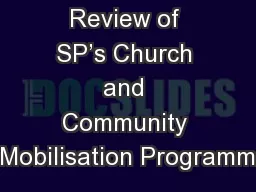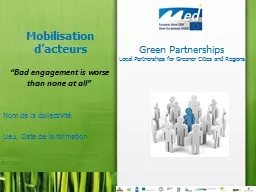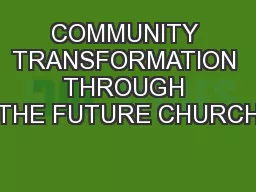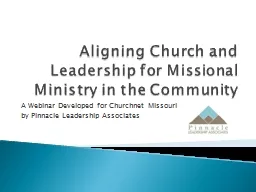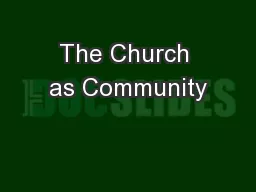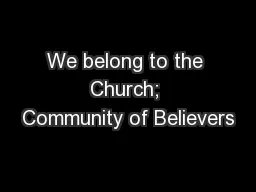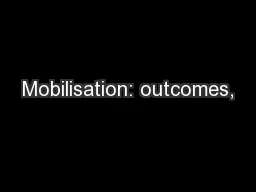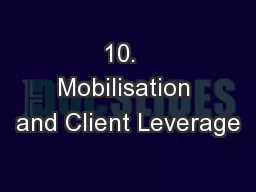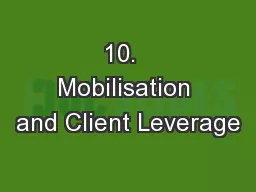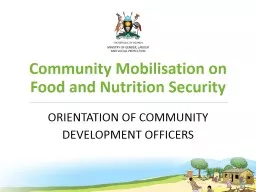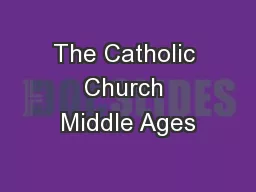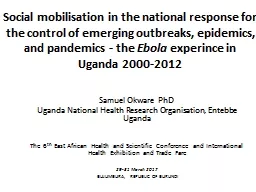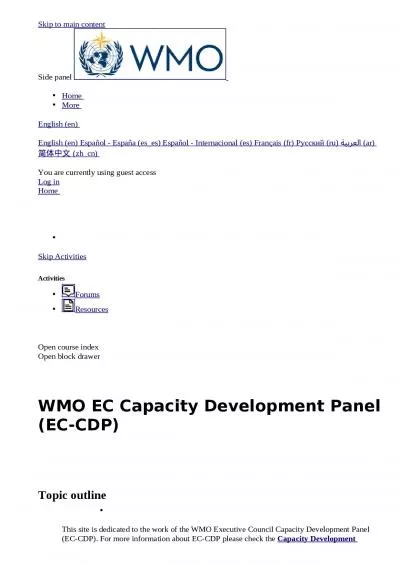PPT-Review of SP’s Church and Community Mobilisation Programm
Author : trish-goza | Published Date : 2017-10-28
Jodi Blackham Samaritans Purse Background Samaritans Purse started church mobilisation programming in 2005 In response to HIV problem in African countries Grew
Presentation Embed Code
Download Presentation
Download Presentation The PPT/PDF document "Review of SP’s Church and Community Mo..." is the property of its rightful owner. Permission is granted to download and print the materials on this website for personal, non-commercial use only, and to display it on your personal computer provided you do not modify the materials and that you retain all copyright notices contained in the materials. By downloading content from our website, you accept the terms of this agreement.
Review of SP’s Church and Community Mobilisation Programm: Transcript
Download Rules Of Document
"Review of SP’s Church and Community Mobilisation Programm"The content belongs to its owner. You may download and print it for personal use, without modification, and keep all copyright notices. By downloading, you agree to these terms.
Related Documents

